

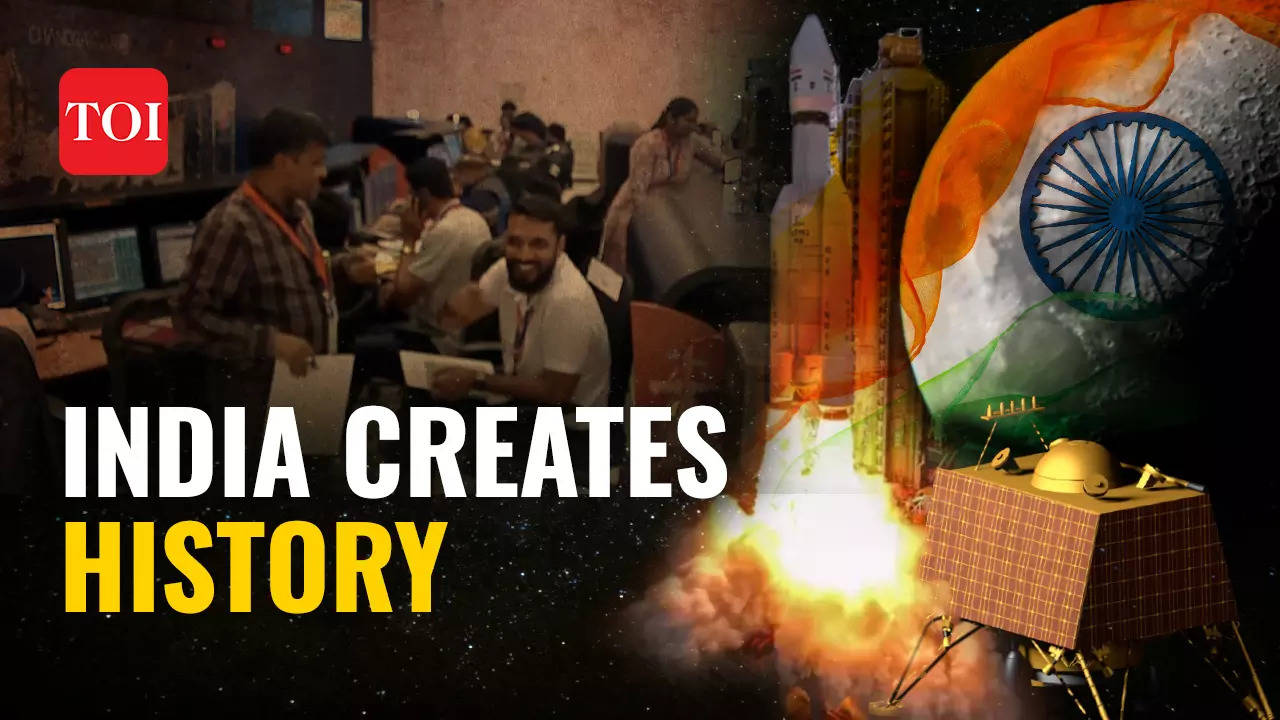
India's space program, ISRO, achieved a historic milestone by successfully docking two satellites in space, demonstrating their ability to undertake complex missions like building a permanent space station or landing humans on the Moon. With this successful docking, India becomes the fourth country in the world to achieve this feat, after the US, Russia, and China. This delicate manoeuvre requires precise and coordinated movements as even the smallest error could result in the destruction of the satellites. Prime Minister Narendra Modi congratulated ISRO and the entire space community for this achievement.
ISRO's Historic Satellite Docking: A Triumph for Indian Space Ambitions
The Indian Space Research Organisation (ISRO) has made history by successfully docking two satellites in space, showcasing its advanced technological capabilities and positioning India as a leading player in the global space race.
Background:
ISRO was established in 1962 with the vision of harnessing space technology for national development. Over the years, it has achieved remarkable milestones, including the launch of the indigenous Polar Satellite Launch Vehicle (PSLV), the Chandrayaan missions to the Moon, and the recent successful launch of the Mars Orbiter Mission (MOM).
The Docking Mission:
The latest achievement involved the docking of two Satellites, EOS-03 and GSAT-6A, in Earth's lower orbit. The maneuver required precise calculations and coordination to avoid any collisions. The satellites were brought to within 3.5 kilometers of each other before the docking process began.
Using a rigid body docking mechanism, the two satellites were joined together, creating a combined platform that can perform various functions. This successful docking demonstrates India's ability to undertake complex space missions, including building a permanent space station or sending humans to the Moon.
Significance:
With this achievement, India becomes the fourth country in the world to master the technology of satellite docking, after the US, Russia, and China. It is a testament to ISRO's technological prowess and sets the stage for India to become a major player in the global space economy.
Moreover, the docking mission is a crucial step towards ISRO's ambitious future plans, including the Gaganyaan human spaceflight program and the establishment of a space station.
Top 5 FAQs:
1. What are the benefits of satellite docking?
2. How difficult is satellite docking?
3. What are the future goals of ISRO?
4. What was the Chandrayaan mission?
5. What is the significance of MOM?

The recent successful docking of satellites by ISRO, under the SpaDeX project, has put India in the exclusive list of four countries globally accomplishing such a feat. The favorable solar activity during the days leading up to the docking played a crucial role in its success. However, handling docking maneuvers during severe space weather can be extremely challenging, especially during the peak phase of solar activity cycle when hazardous space weather conditions are more frequent. This achievement opens up possibilities for future space missions like Chandrayaan-4 and Bharatiya Antriksha Station, where docking will be crucial.

The Japan Meteorological Agency issued a tsunami advisory for Miyazaki and Kochi prefectures after a 6.6 magnitude earthquake shook the southwestern island of Kyushu. The initial magnitude estimate of 6.9 was later revised to 6.6, and the public warnings were lifted after there were no immediate reports of damage. One man was slightly injured and trains were temporarily stopped, but no issues were detected at nuclear plants. With aftershocks possible in the next few days, officials are urging residents to watch for potential landslides and falling objects.
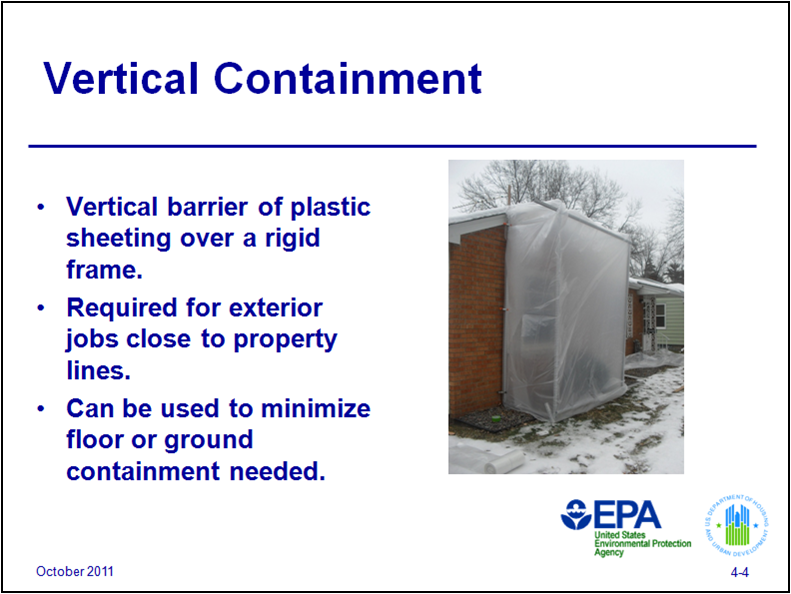
This program allows users to input a series of non-negative integers representing points on a 2D plane, and find the optimal combination of vertical lines that forms the container with the highest possible water capacity. The approach involves targeting the maximum difference between two points and checking if it can be optimized even further. By reducing the problem to a simpler set, the algorithm is able to find the most efficient solution in linear time.

The Indian government has appointed V Narayanan as the new chairman of the Indian Space Research Organisation and Secretary, Department of Space. An IIT alumnus and cryogenic engine developer, Narayanan is expected to take charge from the current head of the organisation, S Somanath, on January 14. With years of experience and expertise in rocket and spacecraft propulsion, Narayanan aims to take ISRO to greater heights and continue India's development in space technology.
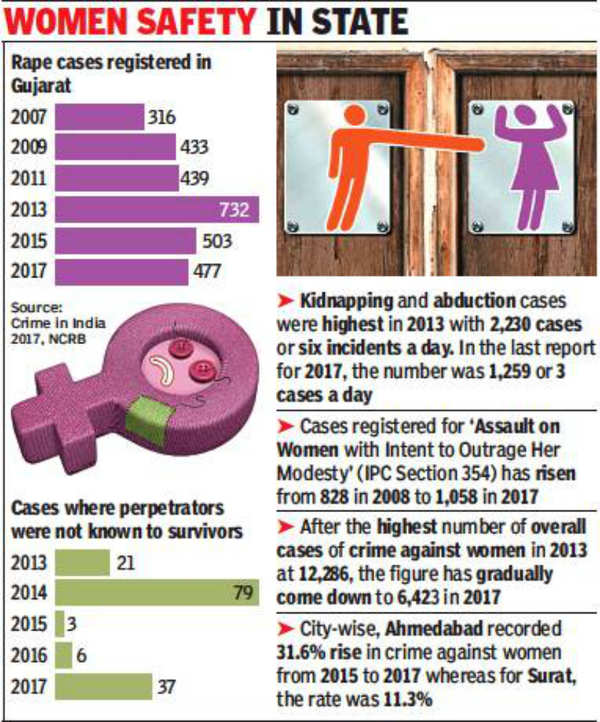
The state of Gujarat has taken precautionary measures to handle cases of HMPV, a respiratory virus, after one case was detected in a two-month-old boy two weeks ago. Three civil hospitals in Gandhinagar, Ahmedabad, and Rajkot have created isolation wards with a total of 45 beds to handle any potential health emergency. The health department has also issued an advisory to the public to prevent the spread of the virus. However, according to data from the Indian Council of Medical Research and the Integrated Disease Surveillance Programme, there has been no alarming surge in respiratory illnesses in the country.
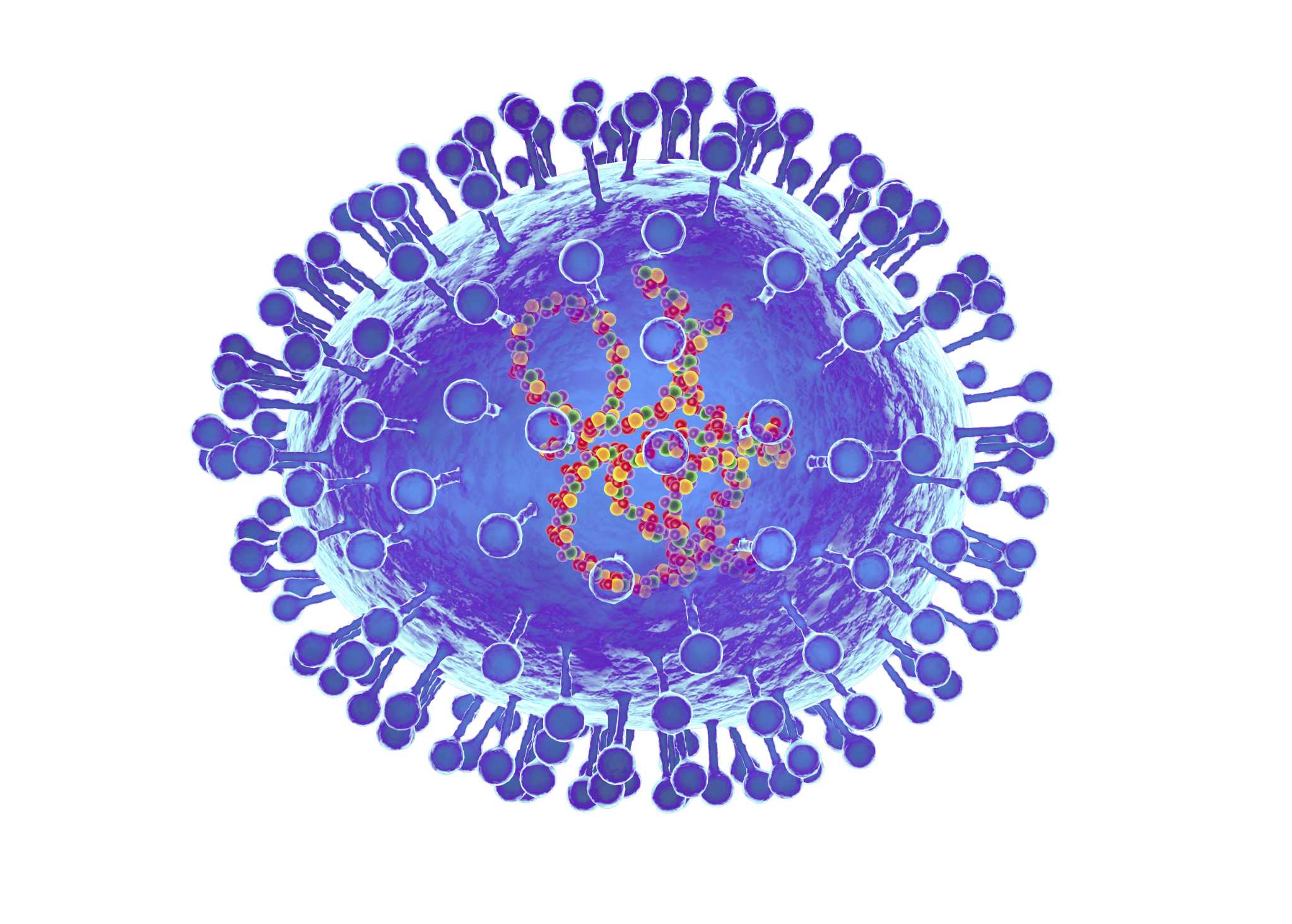
The recent detection of the Human Metapneumovirus (HMPV) in India has sparked fears of a potential new outbreak similar to the COVID-19 pandemic. However, medical authorities assure the public that HMPV has been circulating globally for years and is not a new virus. While three cases have been reported in India, there is no need to press the panic button as there has been no unusual surge in respiratory illness cases in the country. Karnataka's Health Minister Dinesh Gundu Rao stresses that this is not the first case of HMPV in India and it is not something new.
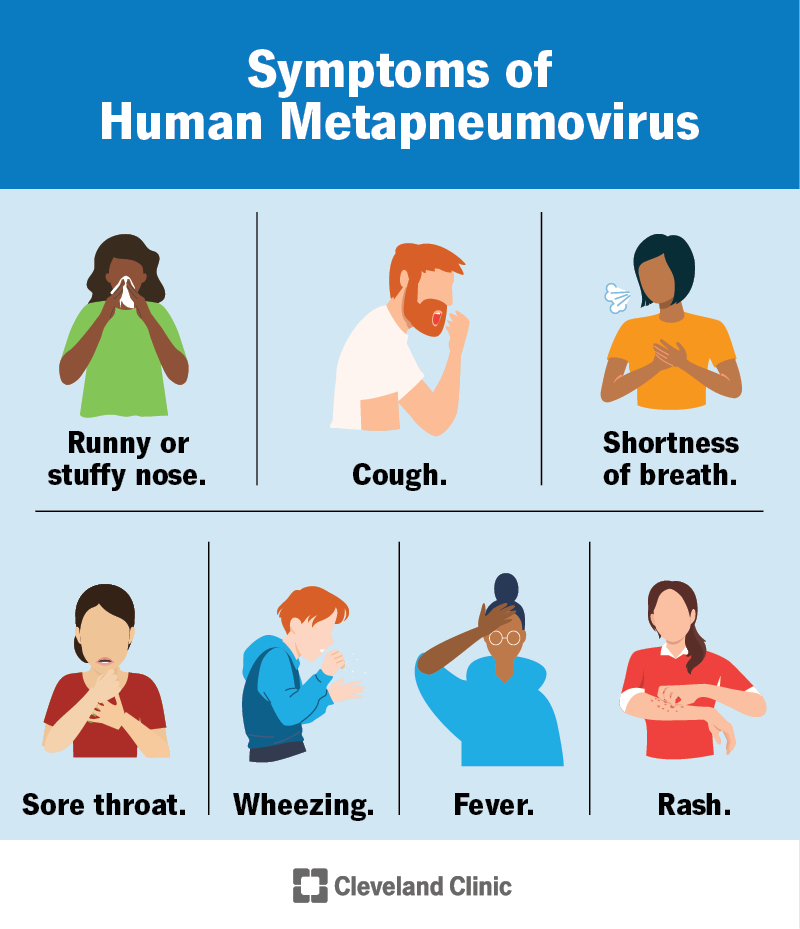
As China experiences an outbreak of Human Metapneumovirus, also known as HMPV, health officials in Telangana, India have issued a list of precautions for the public, despite no reported cases in the state. The respiratory virus, which primarily affects children, immunocompromised individuals, and the elderly, can lead to a wide range of symptoms, including mild cold-like illness and more serious respiratory conditions. However, the Indian health agency has assured that there is no cause for alarm and that the country does not need to worry at this time.
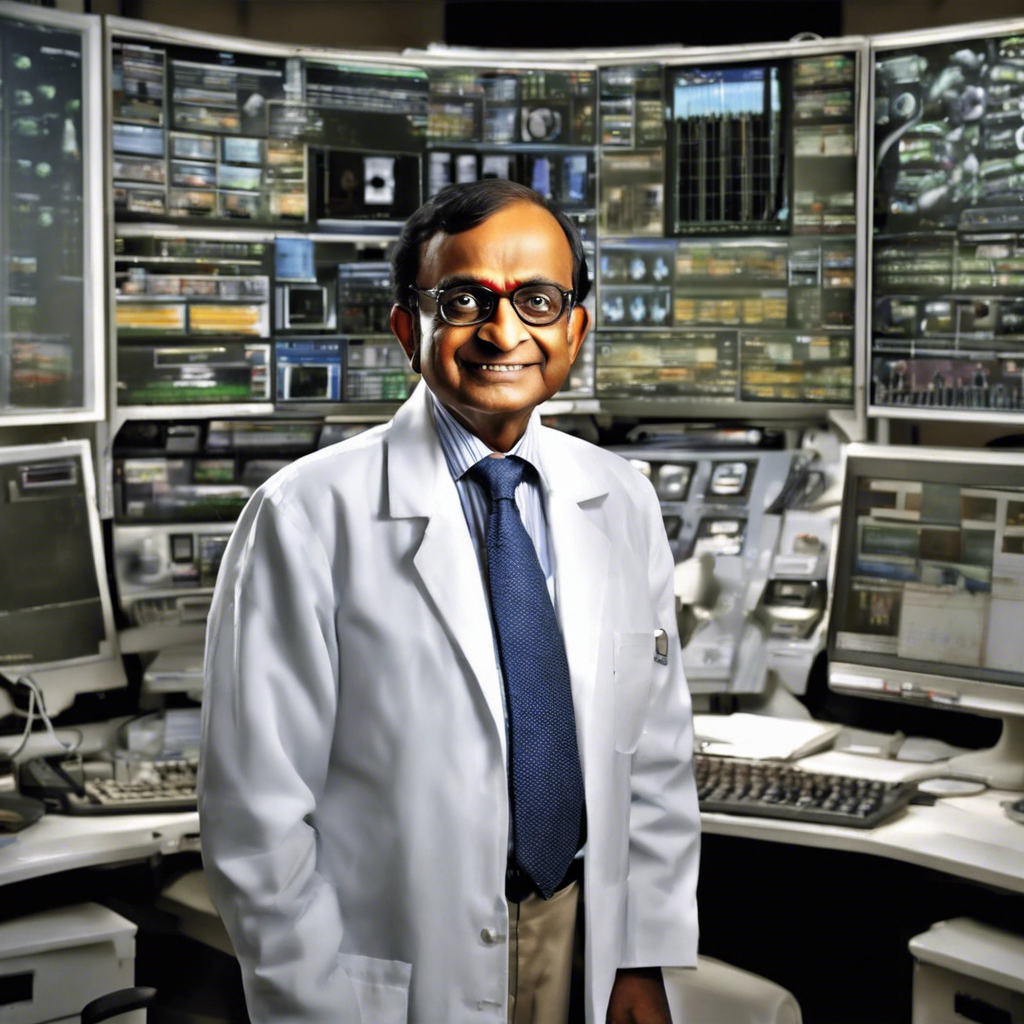
Renowned nuclear scientist and key figure in India's nuclear program, Dr. R Chidambaram, passed away at the age of 88. He was known for his contributions to nuclear research and played a significant role in India's nuclear tests and the country's civil nuclear agreement with the United States. His passing marks a significant loss for the scientific community and the country's progress in the field of nuclear technology.
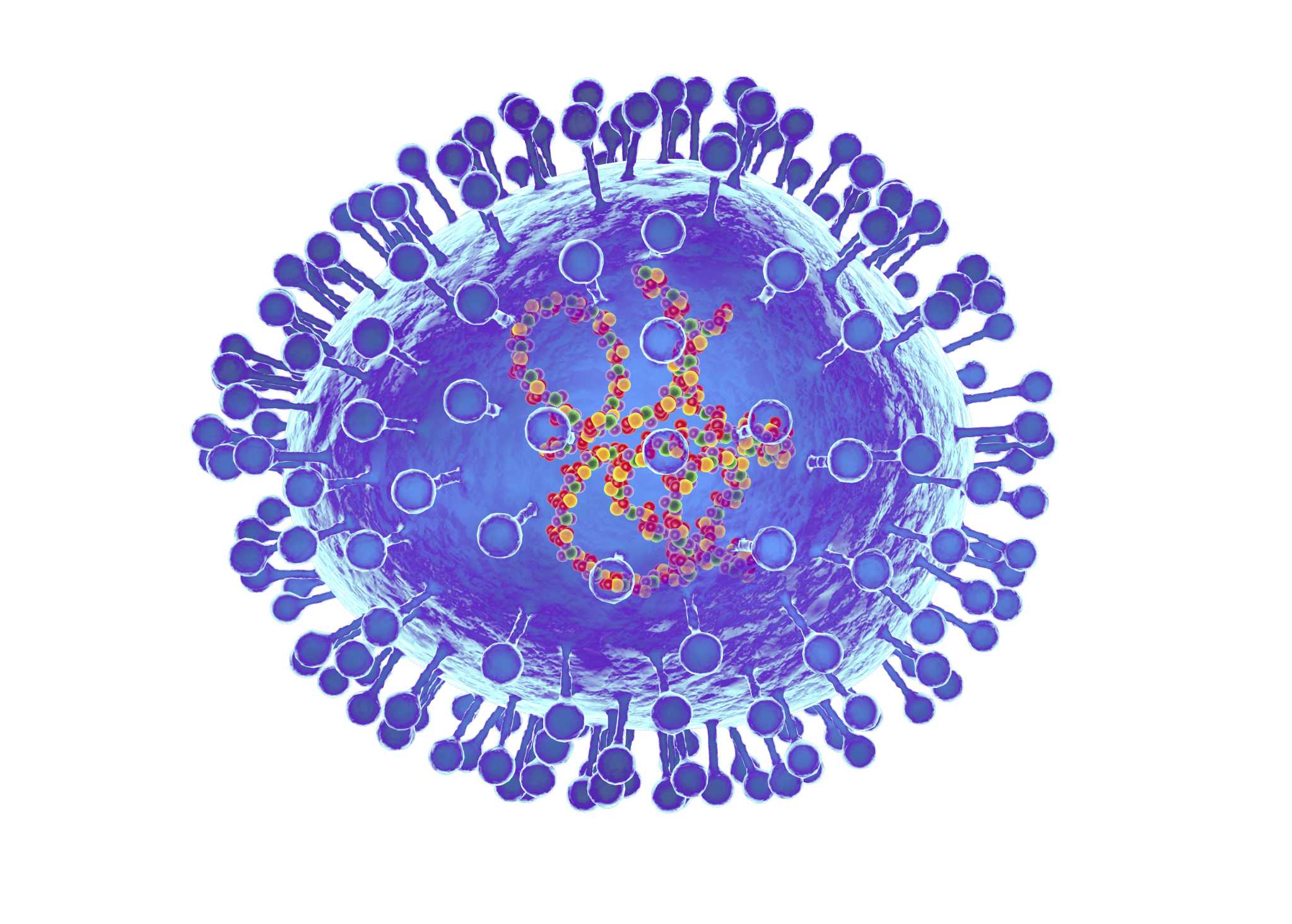
The recent spread of a new virus, human metapneumovirus (HMPV), in China has sparked global concerns, with reports of increasing cases among children under 14. However, Indian health experts and the Union Ministry of Health and Family Welfare have dismissed the possibility of a widespread disruption. This is due to previous knowledge about HMPV and its similarity to respiratory syncytial virus (RSV), a common respiratory pathogen. While HMPV may be a trigger for asthma in infants, it is not as deadly as Covid-19 and there is no reason for alarm yet.